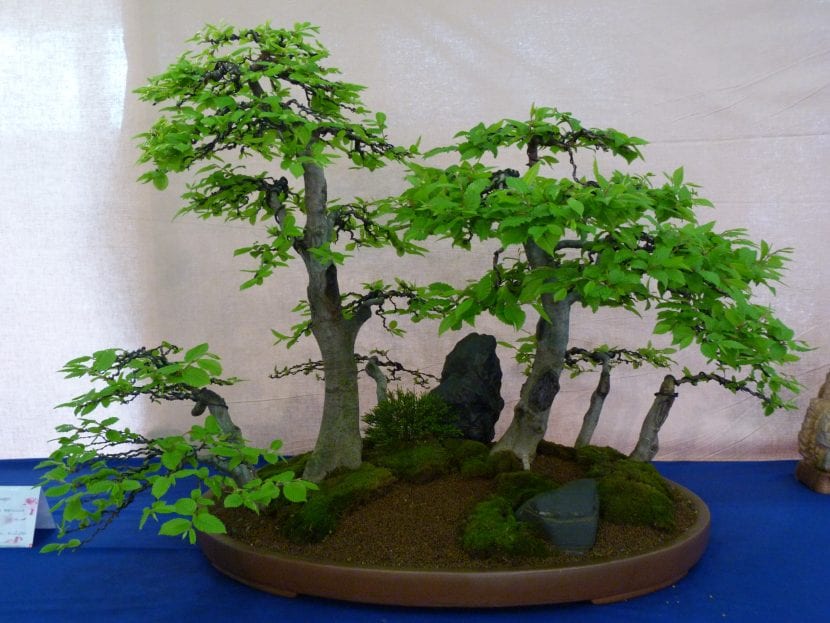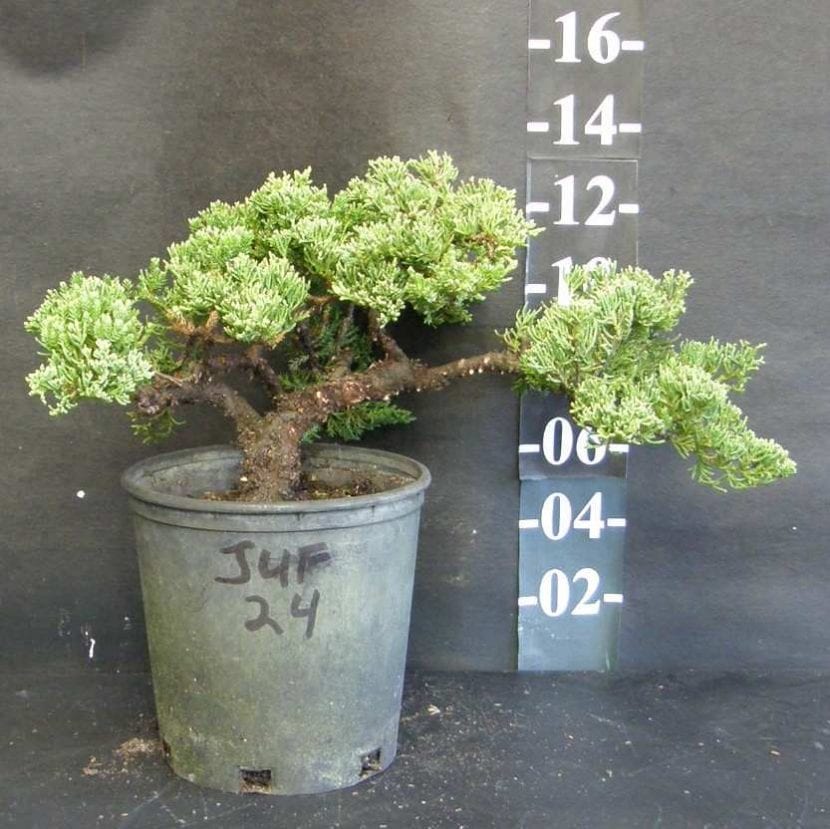
Making a bonsai, a good bonsai, takes a long time. In fact, they often say something like "you sow it, your children work it, and your grandchildren enjoy it." And, depending on the species, their life expectancy can be very long, hundreds of years. Therefore, there are those who choose to take a shortcut.
And that shortcut is sometimes called yamadori. But what exactly does this word mean? Is it legal to do so? We are going to talk about all this below.
What is it?
A yamadori it is a tree that has been taken from nature. It is said that it is a "recovered" plant, although that word, "recovered", is misused, since the plant beings that live in the forest or in the field have never belonged to human beings. But hey, that's another topic that we're not going to talk about here 🙂.
These trees have qualities that make them "promises" of bonsai. For example: they have a thick trunk, with an interesting movement, and a rather small size, or a cup that is easy to work with.
Is it legal?
No, it is not. Think that if we all started doing yamadoris, the consequences for the natural environment would be devastating (soil erosion, species extinction, etc.). Removing plants from their natural habitat is prohibited by law. Therefore, if we wanted to take any, we would have to ask the corresponding agency for permission.
When can it be done?
Once we have permission, we can do it in early spring, just before the tree starts to grow. The step by step to follow is as follows:
- First, you have to dig around the tree with a hoe being careful not to damage the roots.
- Second, the tree must be removed and placed on previously wet sheets of paper. The root ball is then wrapped with a cloth or plastic to prevent it from falling apart.
- Third, you have to pick up some soil from the ground.
- Fourth, a large pot with drainage holes should be chosen and it should be filled up to 1/4 of its capacity with a mixture of gravel and 50% akadama.
- Fifth, you have to plant the tree in the pot, removing the cloth or plastic that was used to wrap the root ball. Do not forget to pour the collected soil on it.
- Finally, there will be watering.

Image - Bonsaiofbrooklyn.com
I hope it has been useful to you.